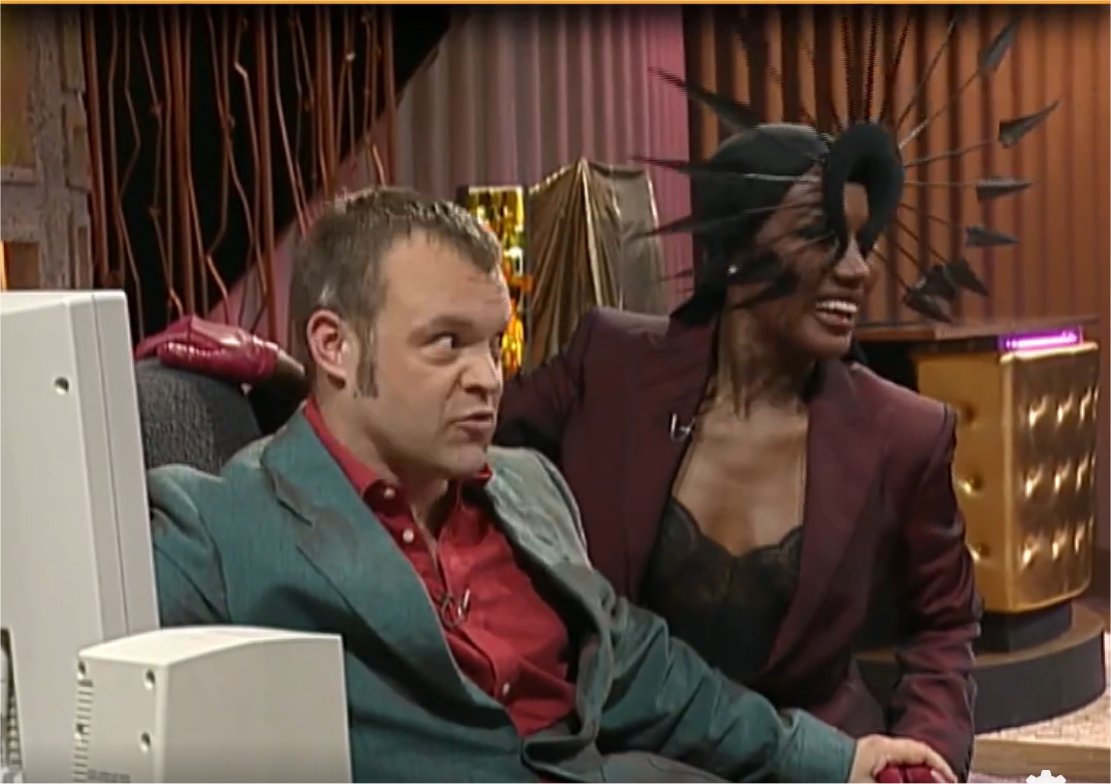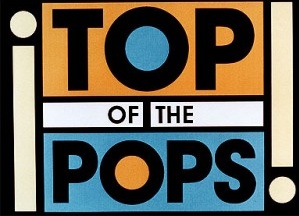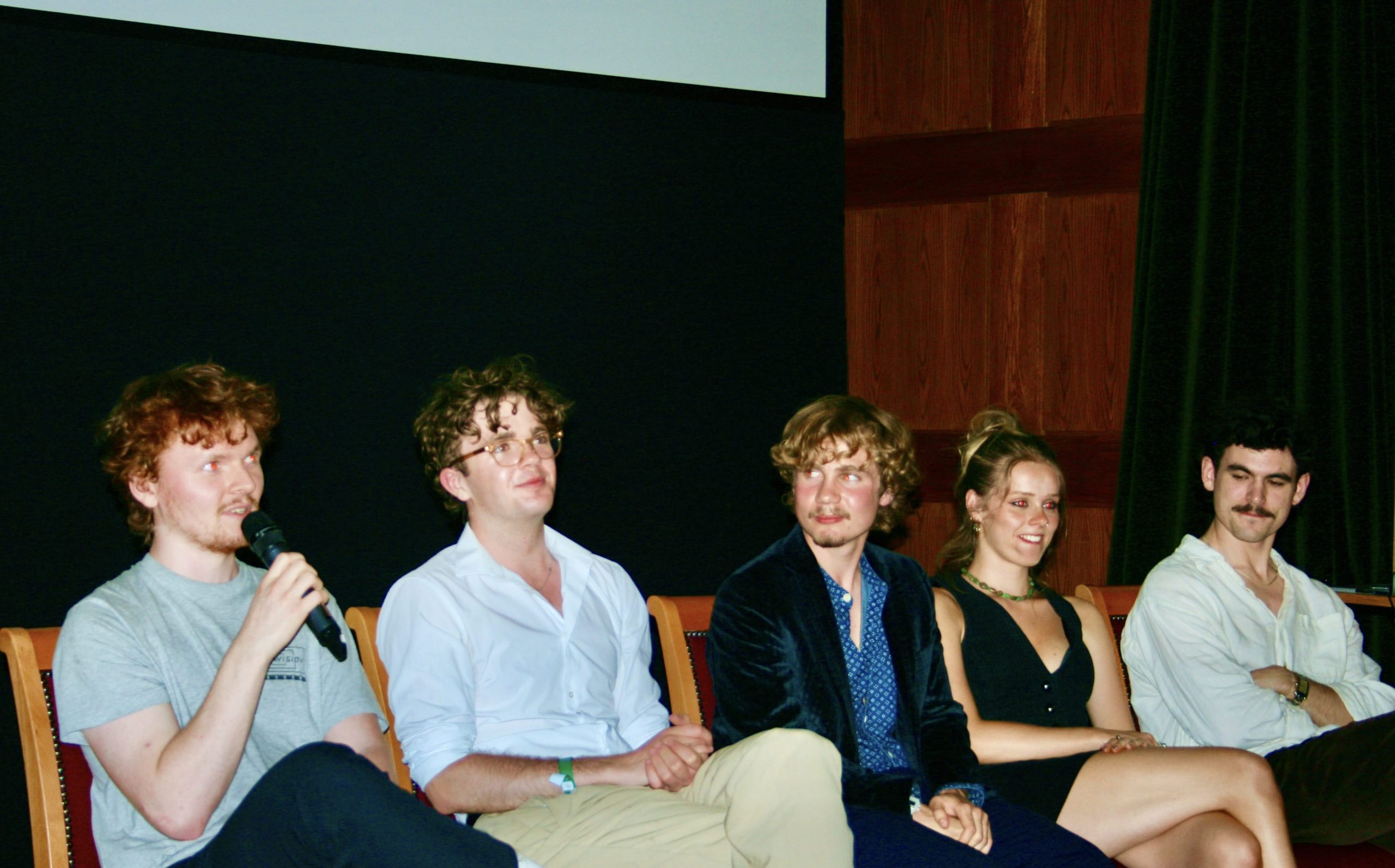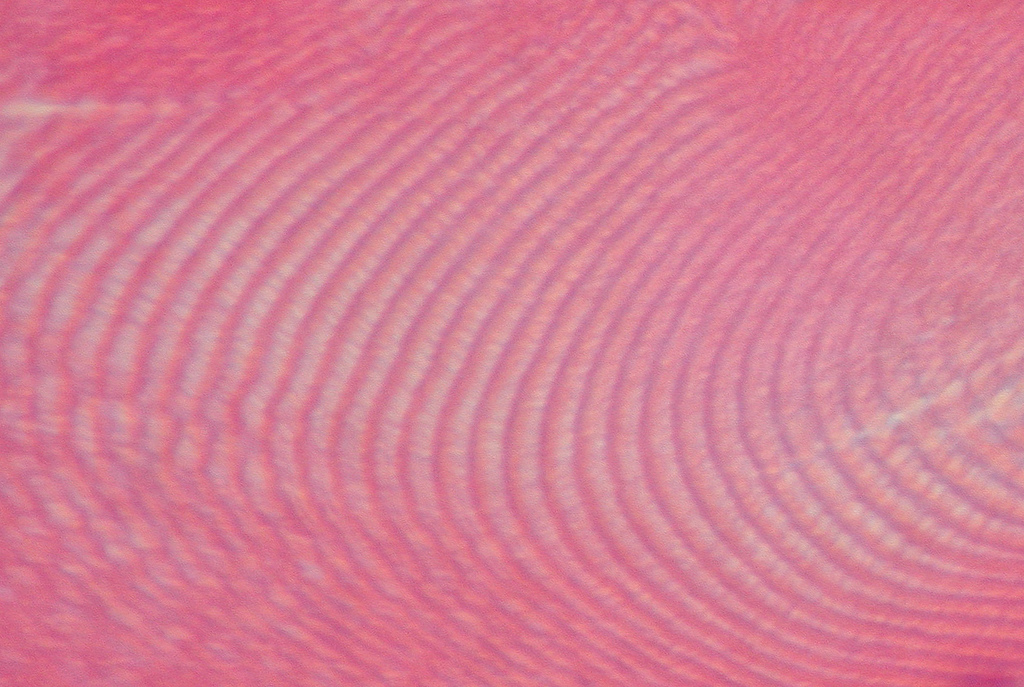
Guest edit: The Tao of Trash

One of the most successful TV shows I ever produced was pure, throwaway trash of the highest order – and all the better for it. It was the first series of The Graham Norton Show, and it’s still going today, over 25 years later. The reason? Back in that first season in 1998, no one expected anything. We didn’t even know what the show was about. Then one day pop icon Grace Jones agreed to be a guest.
Grace Jones was a massive star in those days. She would only fly First Class, and she had a personal rule that she would only stay at hotels that cost a minimum of £1,000 a night. Getting her on a brand-new chat show was quite a commitment for the budget. When she arrived, my assistant producer, Ben, met her at the airport, and took her to her hotel. Half an hour later his phone rang. It was Grace. “Ben, the room is great, but I have an issue: I just heard a bus.”
“A bus?”
“I’m leaving now, Ben. Goodbye.”
And she disappeared. Ben and I spent the rest of the day phoning all the most expensive hotels in London, asking if Grace Jones had turned up. Eventually I tracked her down at the Athenaeum, where a very confused concierge didn’t know what to do with her. “Just put her in the Presidential Suite, and we’ll sort it out tomorrow,” I said.
The next day was the day of the show. One hour before she was due to appear, Grace phoned the long-suffering Ben again. “Ben, I got a little drunk last night. I don’t think I feel like doing this show tonight.”
And she didn’t turn up. Instead we had to go with our standby guest, a woman from Kettering with a talking budgie.
Graham Norton was, quite rightly, furious. He personally contacted Grace the following week, and told her in no uncertain terms that her behaviour was unacceptable. To our amazement, she agreed. Two weeks later, she returned at her own expense, and gave Graham an interview so funny and brilliant that it, and it alone, ensured the future of the show. Without any warning, she interrupted a phone call Graham was having with a naked apartment cleaner in San Francisco, and got into an almighty row with him about how famous she was. Suddenly it was obvious: this was a show that embraced trash culture with love and intelligence, and in that one, unplanned moment, everybody got it.

Image: Graham Norton and Grace Jones.
Rewind thirteen years.
After graduating from Merton in 1985, like many English students before and since, I spent some time trying to break into the world of media. While applying for junior researcher jobs in children’s TV, I found myself working for a while at the London accountancy firm Arthur Andersen. I was a general dogsbody, delivering mail to people’s desks, fixing their light bulbs, and–in a literal realisation of working with trash–emptying their bins.
One day, down on my knees reaching under a junior accountant’s desk for his wastepaper basket, I glanced up at him and realised that he was someone who had been in my own year at Merton, barely twelve months earlier. It was an awkward moment for both of us, not because there is anything inherently degrading about emptying rubbish, but because the change in status, from equals to master-and-servant, seemed so marked and uncompromising. I realised then, with my hands full of his wastepaper, that in Trash Lies Truth.
Thirteen years and one BAFTA statuette later, I was (briefly) one of the most in-demand comedy producers on British television. But I never forgot that moment under the desk. You have to accept both low and high culture, and treat those two imposters just the same.
When it comes to cinema, some people just adore trash.
There’s a mountain of low-brow, featherbrain fodder available that fans adore precisely because it’s mentally undemanding, shallow, cynical, cash-in cack. Batman and Robin, Spice World, and Bad Neighbours 2 are all self-confessed piles of poo, and yet plenty of audiences love these films because they give you a chance to switch off your critical faculties for a couple of hours and just relax. Similarly, there’s a lot of high-brow, pretentious twaddle like David Lynch’s early effort Eraserhead which is just begging for someone to shout, “Emperor’s new clothes!”
But low-budget is not always low-brow. There is a mesmerising world of cheap genre cinema to be found, made by people with a genuine love of their craft. They may not be ‘high art’, but some of these films transcend the pulpiness of their surroundings with a degree of originality and visual flair that Michael Bay, director of Tranformers, can only dream of. Nobody expected Roger Corman’s 1961 Spanish Inquisition movie The Pit and the Pendulum to be a classic, but it was. Similarly, Kenji Misumi’s Lone Wolf and Cub series of Samurai exploitation flicks from the 1970s act as a dirty, dashing twin brother to Kurosawa’s more polished epics; even Sergio Leone’s early Spaghetti Westerns – boldly-drawn morality tales shot in the cheap locations of Spain and Italy – are classic genre trash concealing a heart of solid gold.
Towering above them all, in a class of its own, is the inimitable, accidental classic from 1990, Troll 2. The vast majority of ‘so bad they’re good’ films are, by the time you’ve sat through ninety minutes, actually so bad they’re bad. And yet, Troll 2 is the gift that keeps on giving; the exception to the rule. The acting is possibly the worst ever committed to celluloid (favourite line: “You can’t piss on hospitality, I WON’T ALLOW IT!”). The special effects are Laugh-out-loud ludicrous, (such as an entire family being ‘frozen’ in time, while we see them wobbling awkwardly from side to side while trying to stay still). And best of all, Director Claudio Fragasso genuinely believed that he was making a great work of art. His misguided, but sincere, commitment, shines through every scene. Troll 2 is a festival favourite in the USA, where surviving cast members bask in the adulation of trash-hungry fans. Search ‘TROLL 2 Best Scenes’ for a taster. It’s a gold mine.
Is there such a thing as ‘trash’ or ‘not-trash’? As ‘high’ or ‘low’ brow? During my first term in Oxford, October 1982, I attended a lecture by socialist post-structuralist Terry Eagleton in which he explained that analysing something as ephemeral as a bus ticket is as revealing and rewarding as deconstructing a Shakespeare sonnet. There are no ‘baser’ and ‘nobler’ instincts, with the former to be avoided at all costs. There are only instincts, all equally worthy of our attention. (And there are some deeply moving bus tickets out there.) As Jonathan Swift so elegantly put it, “Celia, Celia, Celia shits.” The very idea that there is such a thing as ‘high’ or ‘low’ art is outmoded, elitist claptrap. It’s all rooted in class.
Although academia long ago dispelled the idea that there’s any point in separating these two binaries, our pointless obsession with dividing the vulgar from the noble persists.
Even artists fall victim to this obsession: deluding themselves into condemning their own works as either worthy or beneath contempt. Take Graham Greene, seminal author and purveyor of Catholic guilt, who hilariously divided his published works into two categories: ‘novels’ and ‘entertainments’. He didn’t realise that the so-called ‘entertainments’ invariably had more depth than the novels. Even Woody Allen foreswore making comedies after his masterpiece Annie Hall, because he thought they were too superficial and trivial. In an attempt to throw comedy out the window, he made… … Stardust Memories, one of the most joyless and pretentious tracts ever committed to film. There’s nothing as shallow as artificially inserted depth. It saddens me that Allen couldn’t see that the depth and meaning was there all along. What could have more significance than his final words in 1975’s Love and Death – intensified by the comedy: “You know, if it turns out that there IS a God, I don’t think that He’s evil. I think that the worst you can say about Him is that, basically, He’s an underachiever.”
We see work that gets laughs as being ‘trashy’. Something to laugh at. But laughter is profound, inexplicable and uniquely human (apart from hyenas). Although comedy is often dismissed as ‘light’ entertainment, in truth it is so complex that philosophers have devoted entire careers to failing to explain it. Laughter is deep, but it’s also ephemeral, and that might explain its association with trashy, evanescent culture. This is a mistake.
In the same way that you need a bit of salt and carbs to keep your body going along with the kale and oily fish, you need to leaven your cultural intake to keep a sense of balance. I remember one time going to see Harold Pinter’s ‘No Man’s Land’ in the West End, starring Paul Eddington and Pinter himself. I went with some married friends, and it was so highbrow, so cultured, so intensely mentally demanding and draining, that afterwards we all felt slightly ill. It was the theatrical equivalent of eating too much Coquille St-Jacques. On the way home we passed a pub in Hackney that had a neon sign outside saying STRIPTEASE. As if with one mind, we decided we needed to go in. (None of us had ever been to anything like this before, and, I hasten to add, we haven’t since.)
Without going into details, what we saw inside was the polar opposite of Paul Eddington and Harold Pinter sharing a brandy. It was mucky, degrading and has stayed seared in my memory. But it acted as a corrective. It stopped the nausea; cleansed the palette. Making our way home, we realised we’d had two extreme experiences, one of them most definitely of the trashy variety, and we went to bed feeling alive, in equilibrium, and at one with the world.
So. A balance of trash and treasure is vital for mental health.
But I’ll go further. Making trash is equally good for you. It releases you from the pressure to deliver ‘quality’. The act of creation becomes less tense and more relaxed. I was lucky that I got to mix heavy topics with the lightest of froth for my whole career in television. After Graham Norton I made not one but two serious documentaries about the Second World War (The Hidden Jews of Berlin for Channel 4 and I Met Adolf Eichmann for BBC2). And immediately after that I made a series of Top Twenties for Sky TV that were so devoid of meaning, even my colleagues on the production team questioned the point of it all. The nadir of nonsense came in the episode entitled Top Twenty Sickest Things Ever On TV. For that, we scoured the world to find a collection of clips so rebarbative that even I sometimes gagged slightly in the editing suite. People eating deep-fried tarantulas, people power-stapling their own testicles to their inner thighs, a US talk show host who actually had one of his own turds on display in front of his live studio audience… you get the idea.
When I showed the Executive Producer the initial cut he had to stop before the end, and ask for a bucket. “What’s next?” he asked.
“Er… next is: Swedish enema competition?” I replied.
“No. Stop. You’ve made a programme that it is physically impossible to watch. This needs a total re-edit.”
I have never been so proud.
So, what have I learned? Who decides what is and isn’t ‘trash’?
Trash can make inadvertently great films and TV. It can also make terrible entertainment. There’s no magic formula for brilliant art. For every Citizen Kane there’s a Troll 2 waiting around the corner. There is no high art or low art. There is only art. Onward.∎
Words by Peter Kessler MBE, official husband to the President of Magdalen College, founder of the Oxford Comics Network, theatre reviewer, carpenter, and creator/curator of Magdalen Monday Movies.
Graphic courtesy of Alice Robey-Cave.







